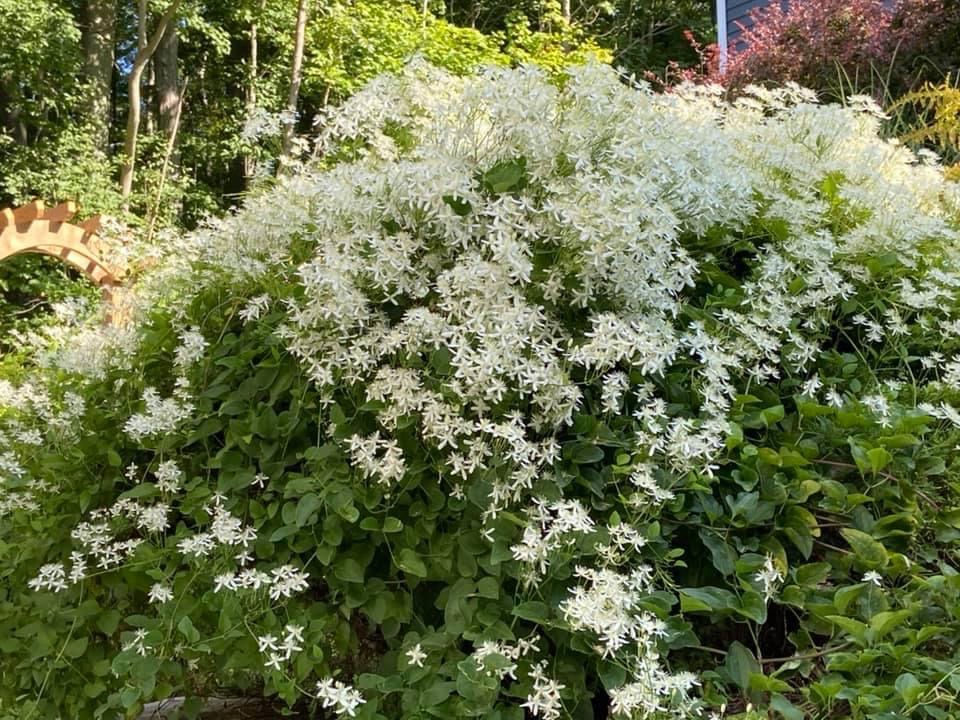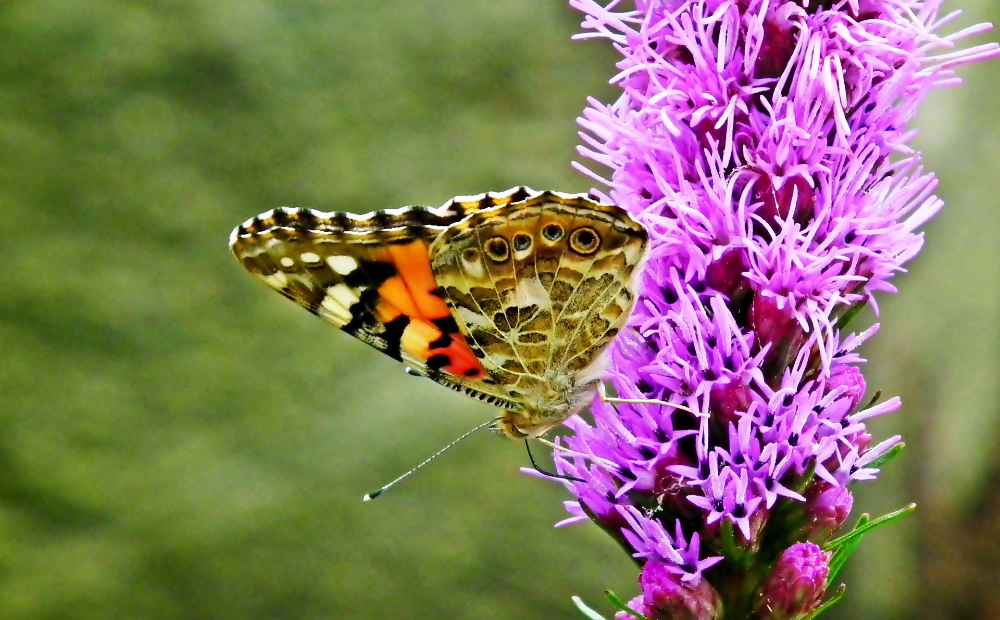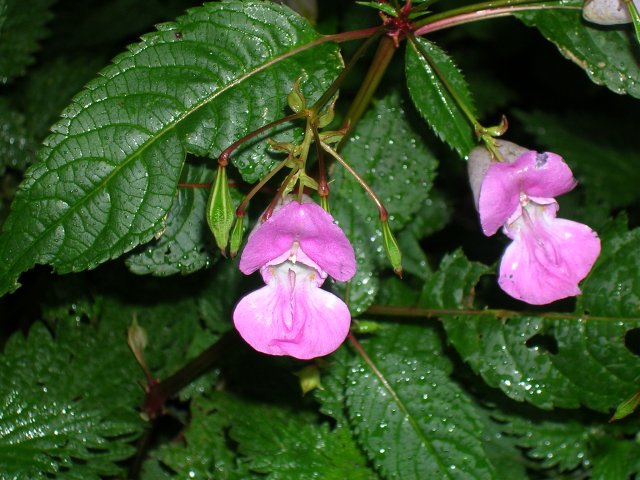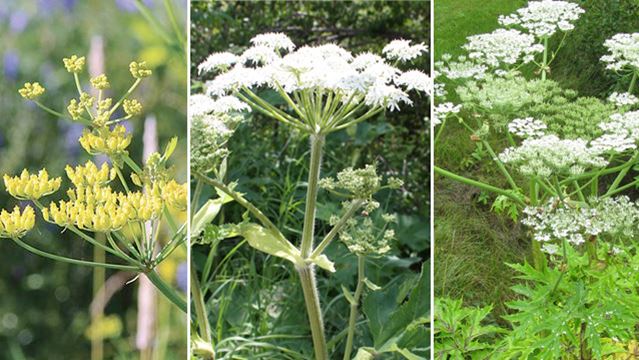
What IS a Keystone native plant?
Keystone native plants are certain native species that have an astronomical impact on the ecoregion that they reside in. Meaning, keystone plants in our area may still be a native species in another region, but are not necessarily a “keystone species” in that region. Keystone species are essential and considered cornerstones for an ecosystem as they act as the main pillars that hold it up and provide immense support to the whole ecosystem.
Whether it be providing shelter, providing a source of food, or supporting the lives of hundreds of moths, butterflies, and other insects, they are invaluable to the environment and are necessary to maintain a healthy ecosystem.
Why they matter
Naturally, if we were to lose keystone plants, the benefits of food and shelter is not limited to plants and insects. Birds and animals would also be greatly affected by the loss of theses plants. Keystone species allow insects to produce healthy populations and allows birds—such as cardinals—to have a safe shelter as well as a nice meal (up to 30% of a cardinals’ diet is solely dependent on insects and caterpillars). Many voles, mice, weasels, minks, and squirrels use these plants for foods or nesting, and all of these animals, plus many others, are food sources for our predatory wildlife such as shrikes, hawks, owls, and coyotes; thus further impacting the food web as we go out.
Another worry if a keystone plant becomes extinct in an ecoregion, is that any insects which relied on that plant would be forced to move on in hopes of finding another suitable source to raise their young or simply die out. Awareness around losing pollinators is highly publicised. However, the importance of and the loss of native plants is not. Losing keystone plants results in less pollinators, less host plants for life cycles, and less food sources for local wildlife and other insects.
A common example is the Monarch Butterfly. A Monarch Butterfly will only lay their eggs on milkweed (Asclepias) as their larva (caterpillar) will only eat the leaves of milkweed. Comparatively, an adult Monarch will use a fair selection of plants for their food sources: bee balm (Monarda), goldenrod (Solidago), blue wood aster (Symphyotrichum cordifolium), and the previously mentioned milkweed to name a few.

Photo: A Painted Lady butterfly resting on the stem of a Blazing star Liatris
You may have keystones already and not know it!
There are many keystone plants that may already be in your garden — and you have no clue that you’re giving the ecosystem a big high five — but why stop at lucky happenstance? We all like adding new and beautiful plants to our gardens, surely intentionally adding a few more keystone species won’t hurt. If you like Hemlock trees (Conium maculatum) , Serviceberry shrubs (Amelanchier), or Black-Eyed Susans (Rudbeckia hirta), I have some good news, those are all keystone species in London-Middlesex!
Consider adding Blazing-star Liatris (Liatris spicata), native Oak Trees (Quercus), False Sunflowers (Helianthus), native Willow Trees (Salix), Purple Coneflower (Echinacea), and Coreopsis (Coreopsis) to attract a wider range of insects and animals to your garden.

left: Black-Eyed Susan (Rudbekia hirta); right: Blue Wood Aster (Symphyotrichum cordifolium)
If you want to help the environment, increase your garden’s wildlife, or even want to show off some plants that aren’t often seen in gardens (if at all), I’d highly recommend looking into even more of the keystone species and other native plants that another one of our Master Gardeners (Beth Warner) compiled into a handy reference guide for us all to use!
There are plenty of options on there to get you started on your keystone adventure, and many more for you to discover along the path. If you want to know even more about our keystone plants and their importance, or for any gardening inquiries, send us an email at [email protected] and we will be more than happy to help you find what you’re looking for!
top photo: Virgin’s Bower Clematis virginiana
Want to read further? Try this article from The National Wildlife Foundation
Here is an in depth look at Ontarios Ecoregions
Nature’s Best Hope by Dr. Doug Tallamy is a fantastic book the importance of planting native, keystone species in our own backyards. A must for everyone.





About The Author: Tyler Deline
Tyler Deline was born and raised in Chatham before moving to London in 2012. Since then, he graduated the Horticulture apprenticeship at Fanshawe College and found his love for the Horticulture industry. If he isn’t tending to his garden, or dealing with a sleeping cat or 2 on his
lap, you can probably find him out airsofting or playing some Warhammer 40K with some friends. He loves plants and problem solving which helps him feel right at home with the Master Gardeners of Ontario.
More posts by Tyler Deline